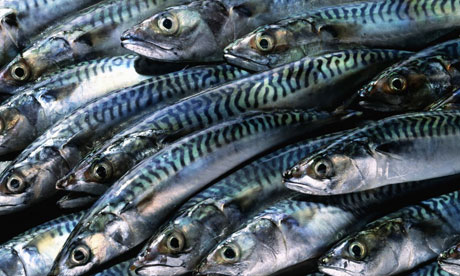THREE hundred kilometres north of Sabah and surrounded by unfathomably clear waters, the island of Layang Layang is hammerhead heaven. Fishing is banned here and the island’s 13 coral reefs create breathtaking underwater scenery that teems with marine life. Expect everything from giant clams, barrel sponges and immense gorgonian fans to peaceful turtles, arrowcrabs and anemones. Spectacular nudibranchs offer endless fascination for macro photographers and huge schools of redtooth triggerfish, pyramid butterflyfish and unicornfish make for superb snorkelling.
 |
| Layang Layang’s unfathomably clear waters, by U.U.Nudi, Flickr. |
With the ocean floor dropping away to around 2000 metres at the edge of the reef, the real draw cards are in the deep. Tuna, leopard shark, manta rays and barracuda can be seen in the abyss, and even whale sharks put in an appearance. But it’s the hammerhead sharks that top many divers’ wish lists, as this is one of the few places in the world you can expect to see hundreds of hammerheads.
April and May are the best months to see them. Sightings aren’t guaranteed every dive but, at depths of 30-40 metres, if you’re patient enough you can find yourself amongst schools of over 100 sharks, each around three metres in length. Stay for a full week and dive every day to maximise your chances.
There are around 20 different dive sites to choose from at Layang Layang, all accessible via a short boat ride from the island. Each site is spectacular in its own right, but some offer more chance of hammerhead sightings than others.
Most hammerhead dives start at ‘The Point’. Here, divers swim away from the reef and descend into the blue to about 30-35 metres, before ascending slowly back up the reef wall. ‘D’Wall’ is another top spot. Here, the sheer wall is adorned with crustaceans, sea fans and soft corals. Schools of surgeons and jacks teem around the reef, with white and grey tipped sharks and manta rays common visitors, alongside schools of hammerheads which can be seen cruising in the abyss.
 |
| Hanging out with hammerheads, by bocagrandelasvegas, Flickr. |
‘Dogtooth Lair’ is famous for its barracuda, jacks, butterflyfish and, of course, dogtooth tuna. But these can quickly become overshadowed when the hammerheads come into view. ‘Gorgonian Forest’ is a particularly beautiful dive site, where hammerheads can be seen soaring above the barrel sponges, gorgonian fans and giant clams.
‘Wrasse Strip’ is renowned for its intricate and techicolour corals. Hammer-heads have been known to arrive in their hundreds and the small caverns here are home to batfish, sweet lips, soldier fish and trigger fish.
But Laying Layang isn’t all about hammerheads, and if you’re not lucky enough to bump into a school whilst you’re out there, your log book will still be bursting with spectacular sightings and dramatic dive sites, which have earned the island its nickname, “Jewel of the Borneo Banks”.
‘Sharks’ Cave’ is a tranquil cavern where leopard sharks rest amongst the sea fans; ‘The Valley’ is a magnet for groupers, sweet-lips, surgeon fish and fusiliers, as well as flat-worms, nudibranchs and crustations. With its abundance of small tropical reef fish, ‘Wreck Point’ is a good option for snorkelers, and divers can descend over the edge to find manta rays, dogtooth tuna and reef sharks. This is also a good spot for night diving, where huge bumphead parrot fish can be found sleeping in the shallow drop-off.
To get to Layang Layang take the hour-long chartered flight from Kota Kinabalu in Sabah. There’s only one resort on the island, which stays open for just four months of the year, with the monsoon season putting it off limits for the remainder.
 |
| Layang Layang is also known as ‘Jewel of the Borneo Banks’, by U.U. Nudi, Flickr. |
As an isolated island, with no decompression chamber, safety is paramount and so dive rules are tight. Don’t expect to go boozing at lunchtime and then head back into the water – it’s not allowed. There’s a no gloves policy, maximum depths are set at 40 metres and no decompression time is allowed. There’s no Nitrox gas available and so technical dives are off the menu.
A breeding ground for thousands of sea swallows, avid bird-watchers could also enjoy a few days here, with black-napped terns, Pacific golden plovers and Plumed egrets amongst the highlights.
If you enjoyed this article and would like to find out more about travelling to Malaysia, please visit the Tourism Malaysia website






































